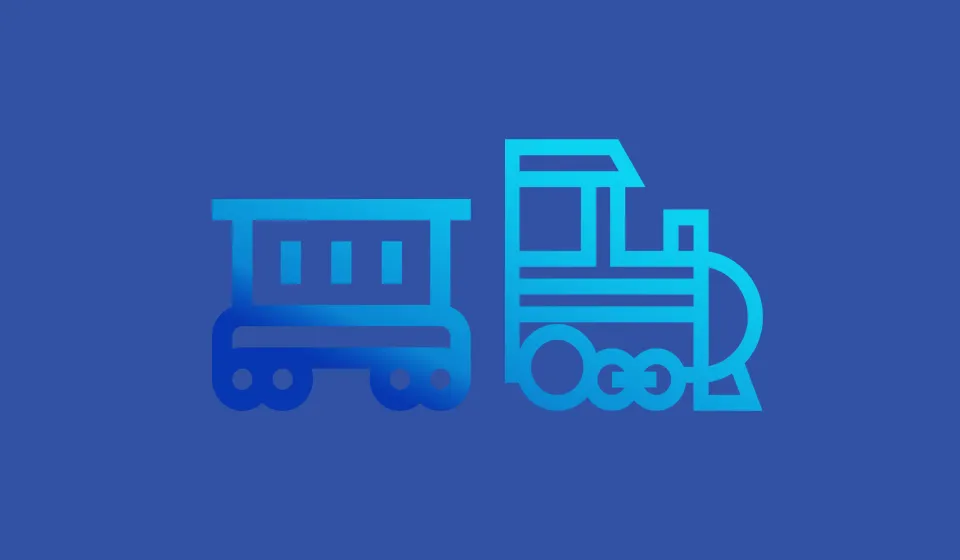Fear of failure - due to absence of likes, reactions - it shouldn't bother you on the road to everyday practice and improvement.
Surrounding, especially that one created by you, is forming your thinking.
Lifestyle, hobbies, teammates, jobs, planning. Everything has some impact on our life. Choosing to read news or cleaning a bit own desk has different effects on life, even if it's seems too simple. Is it selection of the easiest options? I think it's just a little different point of view on what we do. If I select to read news instead of cleanup routine (or any other small job for next 20-30 minutes), probably I'm trying to fulfill my need to controll much more bigger things, than my nearest surrounding. I want to be acknowledged of situation in the world, country or the city.
It's needed to spend much more energy to think what will be better for me in that momment of free minute, so naturally, I'm taking the phone and opening the most frequent website to read something, while I'm "thinking" of what to do next. This gaps of thinking time making me feel like I'm wasting time for nothing. That's why news - is something more helpful than nothing (I'm convincing myself). But what's interesting - is how it creates the support, illusional feeling of some good result after reading the news?
1. Framing Effect
- How it works: News articles often use language and structure to frame events positively, even if the situation is uncertain. For instance, a headline might highlight a potential breakthrough or a plan to address a problem, even if the outcome is not guaranteed.
- Impact: This framing creates a sense of hope or progress.
2. Availability Heuristic
- How it works: People tend to focus on the most readily available or recent information. If a piece of news emphasizes a potential solution or improvement, it may overshadow doubts or long-term challenges.
- Impact: Readers feel reassured because they focus on the immediate positives.
3. Selective Attention
- How it works: Readers naturally pay more attention to parts of the news that align with their desires or hopes, such as progress, resolution, or success.
- Impact: By focusing on the good, they feel supported or optimistic.
4. Social Proof and Validation
- How it works: News often includes quotes or perspectives from experts, leaders, or influencers expressing confidence or optimism. This external validation can make the situation feel more credible and hopeful.
- Impact: It gives the impression of widespread agreement or impending success.
5. Emotional Priming
- How it works: Uplifting images, inspiring stories, or positive anecdotes in the news can evoke emotions like hope, relief, or determination.
- Impact: These emotions create an illusion of immediate improvement or a sense of security.
6. Cognitive Dissonance Reduction
- How it works: When people are exposed to negative situations in the news, they may subconsciously seek reassurance. Positive interpretations or details in the article help resolve the tension, creating a sense of comfort.
- Impact: They latch onto "good news" details, even if they're speculative or minor.
7. Optimism Bias
- How it works: Humans have a natural tendency to believe that things will turn out well for them or their community.
- Impact: News that hints at a positive future feeds this bias, reinforcing the feeling of support.
Internet is an ocean of things tied to the tastes of everyone. Same way it works when you dive deeper into the news portal. Each article is a source of hope and relief that gives immediate feeling of normality and hope. But it doesn't improve your life in reality anyhow. A placebo for a temporary relaxation.
Be careful with fake hopes, they make you avoid your real life. Create a list of valuable things to do, so you can always start doing them instead of reading the news.
Subscribe to receive helpful tips each week. Have a nice MotionDay!





Comments